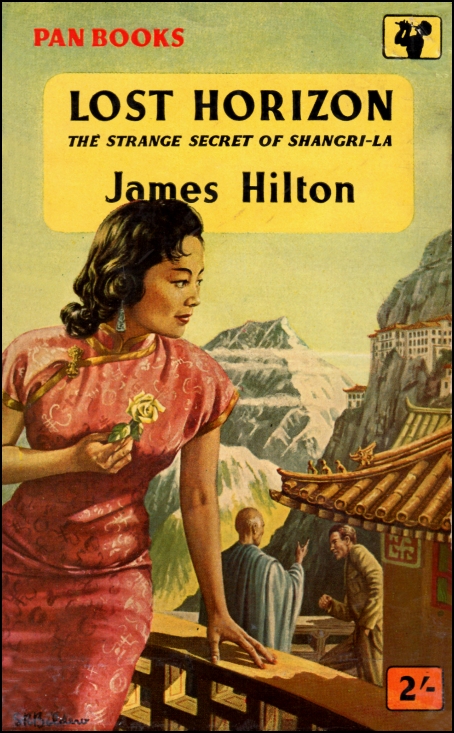Keep the Aspidistra Flying by George Orwell ~ 1936. This edition: Penguin, 1975. Paperback. 264 pages.
I’m starting my 2024 Century of Books with this satirical novel, centered around a petulantly angry young man who almost manages to succeed at failure by deliberately refusing to take advantage of every chance he is given to advance himself, from his school days onward.
Gordon Comstock, on the cusp of his thirtieth birthday, is the last scion of a large, once-prosperous, middle-class English family. He’s a bit of a weedy chap, living unnecessarily squalidly by his own choice, and he’s very much on a downward spiral.
Having a modest aptitude for literary creativity, Gordon has achieved a small success as a poet, though his one published volume of verse, Mice, is now languishing on the remainder shelves of the bookstore he works at, after selling a meager one hundred and fifty-three copies in the two years since its debut.
Gordon is pretty miffed about this. He can’t quite come to terms with his unsuccess as a writer, which he wraps up with his bitter condemnation of what he sees as a universal fixation on degrees of social rank, economic status, and the push to attain more money, more things. He feels that if only he were free to concentrate on his writing without the whole wage-slave thing, he would flower forth into his full intellectual potential.
Gordon’s psyche seems to be deeply scarred by his recognition that, as the years go by and the family money disappears – whisked away by the increasing cost of living and unwise investments – his family’s financial status is desperately inadequate to meet with the costs of maintaining a suitable social position without its members seeking paid employment. His way of dealing with this is to “defy the money-god” of conventional society by refusing to play the middle-class game of climbing-the-ladder-and-getting-ahead. Much as he would reject that description, Gordon’s a snob at heart.
Despite the best efforts of his few surviving family members and a stalwart handful of friends and well-wishers to see him settled in a “good job” with “good prospects” for future advancement, Gordon has sworn an oath against participating in what he sees as a dirty game. If he can strip his life of inessentials, take on the most minimal employment possible to provide for his most basic needs, and dedicate his leftover hours to his literary ambitions, he’s sure he will do great things and receive the recognition he secretly desires.
Unfortunately, Gordon lacks the touch of genius which would enable this wishful thinking to become reality, and he is peeved to find that a life of voluntary poverty gets in the way of creative work because of sheer physical discomfort and the desperate realities of being a poor person in sub-par lodgings.
Paradoxically, while rejecting conventional behaviour and scorning those who have, as he sees it, compromised their integrity by embracing the middle class live-to-work ethos, Gordon is bitterly jealous of anyone with money, and passionately wishes that he had some himself.
This is a richly written novel, and even though I had an increasingly strong desire for someone to just give our protagonist a bone-jarring shaking, I was wooed and held by the brilliance of Orwell’s powers of description, his deft character sketches, and his willingness to delve into some very deep places, literally and figuratively.
Oh, and what about the aspidistra of the title? Yes, that’s the ubiquitous Victorian-era houseplant, and the reader of this tale will become well-acquainted with its characteristics and its symbolic importance to Gordon Comstock as he pursues his unhappy spiral into self-inflicted misery.
Am I still rating my reads? Yes, I think I am.
Not a “must read” by any stretch, but I found this little novel intriguing and ultimately enjoyable, though I’m not quite sure about my response to the author’s choice of an ending. I’ll give no spoilers – read it yourself and see what you think!
Let’s give this an 8/10.

































